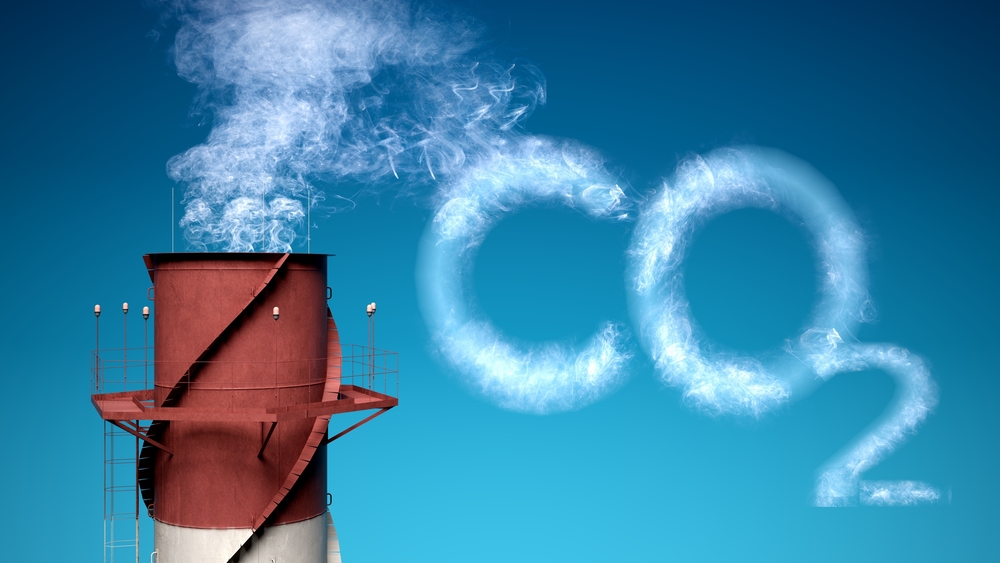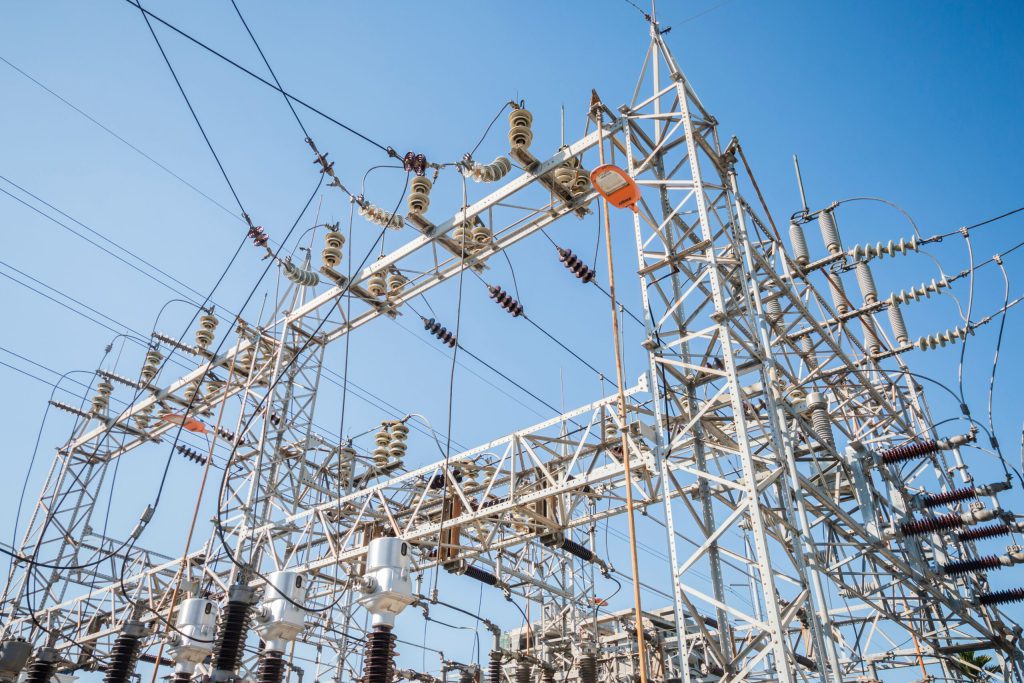A new technology coming from the labs of Ohio State University in Columbus could very well change the world. Though many startups use the hyperbolic phrase to promote their app or idea, researchers at Ohio State’s Clean Coal Research Lab may be able to help solve one of the planets largest problems by helping reduce carbon dioxide output. According to a report in Energy News Network, scientists have developed a technology capable of burning fossil fuels and converting that energy into electricity, rather than letting carbon dioxide into the atmosphere. The process is known as “chemical looping” in the scientific community and it could be a big breakthrough. David Kraft, who works with a power company that has partnered with Ohio State, said that the looping process is “the most advanced and cost-effective approach to carbon capture we have reviewed to date.” Lead researchers said the technology can be used as a temporary patch before renewables are made more readily available in the U.S. and elsewhere. The clean coal lab first tested the chemical looping procedure about five years ago, according to the university web site, and scientists successfully captured 99 percent of the energy from burned coal over eight days. “Renewables are the future,” said lead researcher Liang-Shih Fan, a professor of chemical and biomolecular engineering. “This technology could be used for 30 or 40 years, and when a renewable system is ready, it can be used as a primary energy producer or carrier.” Besides coal, the looping can also function with biomass and shale gas, according to ENN. Even with a market that makes renewables more widely used, scientists and critics say that humans will need to find a way to clean up coal to cut down on greenhouse gases. And although renewables like wind and solar become cheaper and coal declines in usage, it still accounted for 29 percent of the world’s energy demand in 2016, according to an Ohio State report. Researchers said they are trying to make sure their technology can be used universally to make the planet greener. “This is a universal platform, not just one technology,” Fan was quoted as saying in ENN. “It’s a concept that can be applied to many things. Combustion from shale gas and coal can produce heat and electricity. You could also use biomass instead of coal or shale gas and convert it into hydrogen, syngas or electricity, or take the shale gas and convert it to ethylene. That’s what makes the platform so exciting.”
Promising technology from Ohio could cut down carbon dioxide pollution
By Techli
3 abril, 2018









